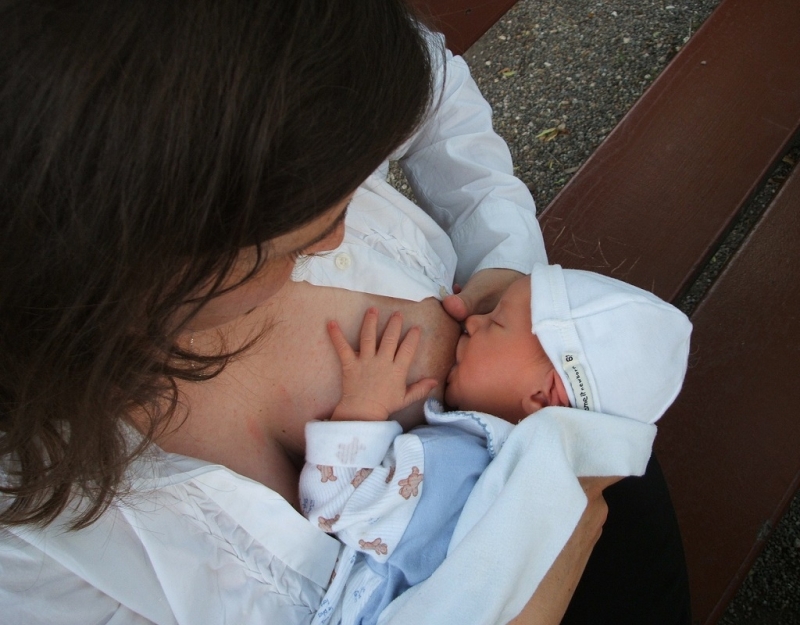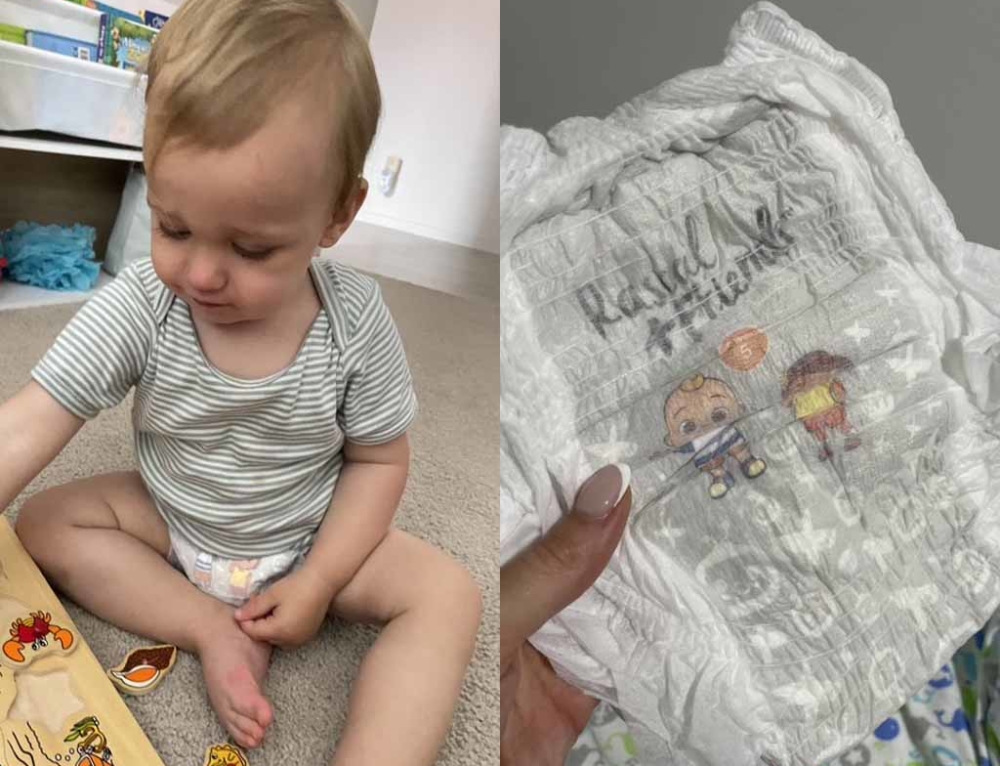Most new mums worry they won’t produce enough breast milk for their baby. However, a less feared but still quite alarming problem is when you have an overabundance of milk, also known as hyperlactation. Yes, some people will give you the “Please, some of us have real problems!” reaction, but it’s unsettling to watch your baby choke, gasp and even spew milk from her nose. Plus there’s the embarrassment of constant leaking and spraying, and the fact that your baby might refuse to feed.
Eventually (usually this month or next) your milk supply will start to stabilise and the gushing river of milk will trickle down to a more appropriate level.
To help control the flow:
Try feeding from only one breast per feeding, adequately draining one side of breast milk while making your body think it should slow milk production in the other. But be careful to switch to the other side at the next feeding. If one breast per feeding isn’t diminishing your supply, try feeding from only one breast in a two-hour period while slightly pumping the other to prevent engorgement. Then switch to the other breast for the next two hours.
Before a feeding, hand express or – for some women – just let the milk flow on its own before putting your baby to your breast. Often the let-down produces the most forceful flow, causing your baby to choke and sputter. But remember not to pump too much out, as the more breast milk you take out, the more you’ll produce to meet the demand.
Gently applying pressure to the areola while feeding can also help slow the flow.
Reposition your baby so he or she is sitting up more, or even try feeding on your back to let gravity slow things down. Be careful not to always feed this way though, as it could cause a clogged duct or breast infection.
If the problem persists call a lactation consultant for more tips.
Written by Linda Drummond for Kidspot, New Zealand’s leading pregnancy and parenting resource.







Leave A Comment
You must be logged in to post a comment.